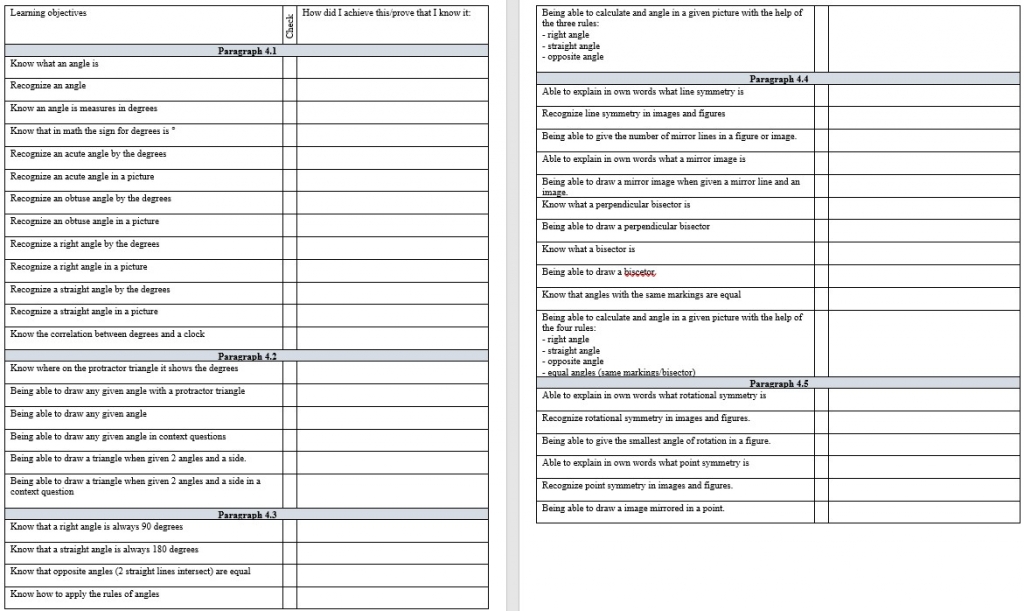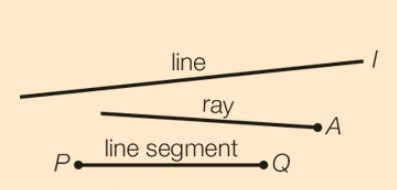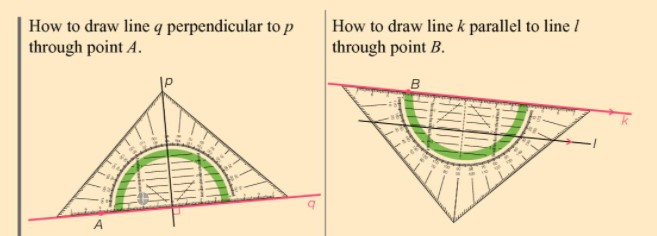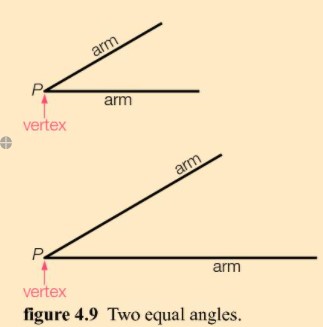Het arrangement Chapter 4 Angles and symmetry is gemaakt met Wikiwijs van Kennisnet. Wikiwijs is hét onderwijsplatform waar je leermiddelen zoekt, maakt en deelt.
- Auteur
- Laatst gewijzigd
- 08-01-2024 08:46:14
- Licentie
-
Dit lesmateriaal is gepubliceerd onder de Creative Commons Naamsvermelding 4.0 Internationale licentie. Dit houdt in dat je onder de voorwaarde van naamsvermelding vrij bent om:
- het werk te delen - te kopiëren, te verspreiden en door te geven via elk medium of bestandsformaat
- het werk te bewerken - te remixen, te veranderen en afgeleide werken te maken
- voor alle doeleinden, inclusief commerciële doeleinden.
Meer informatie over de CC Naamsvermelding 4.0 Internationale licentie.
Aanvullende informatie over dit lesmateriaal
Van dit lesmateriaal is de volgende aanvullende informatie beschikbaar:
- Eindgebruiker
- leerling/student
- Moeilijkheidsgraad
- gemiddeld
- Studiebelasting
- 4 uur 0 minuten




 The two rays that make an angle are called arms. And they share the same endpoint. This endpoint is called the vertex of the angle. The angle is labelled with a capital letter.
The two rays that make an angle are called arms. And they share the same endpoint. This endpoint is called the vertex of the angle. The angle is labelled with a capital letter.


 image. On page 159 on your text book you can find this picture. These are the same steps I am going to go through.
image. On page 159 on your text book you can find this picture. These are the same steps I am going to go through.
